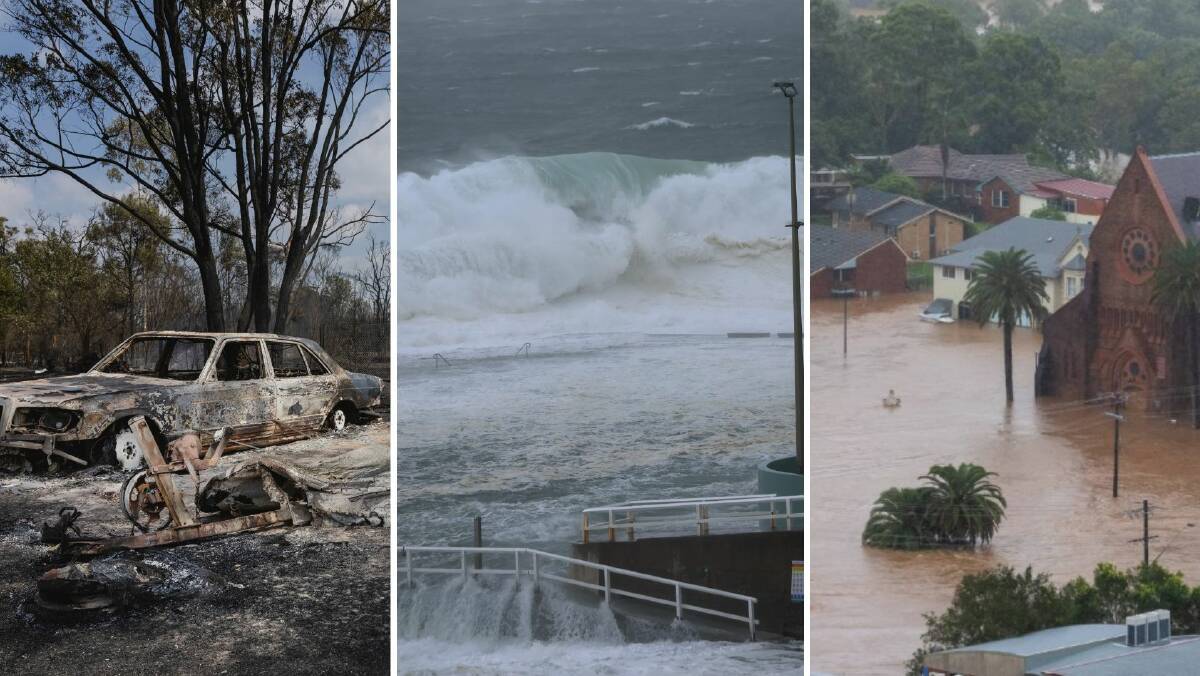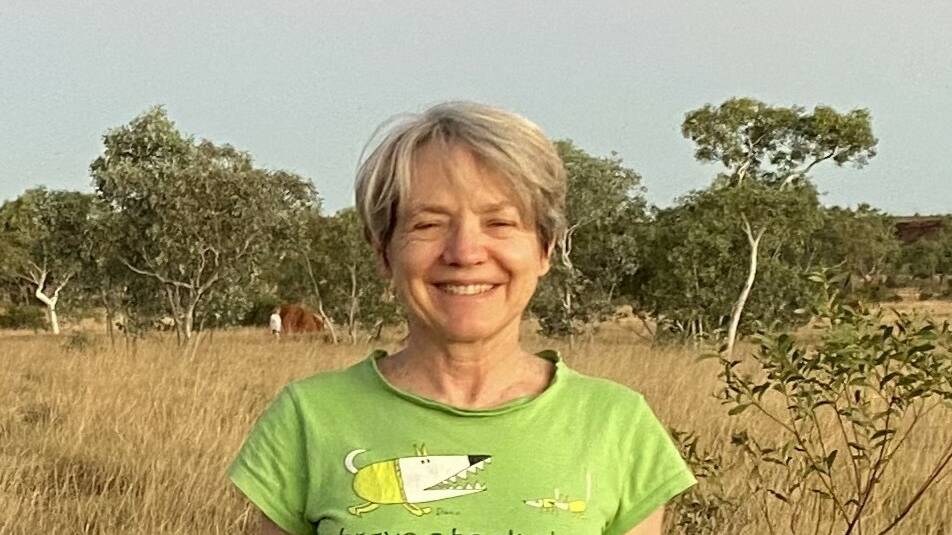More than 650,000 Australian homes and businesses - most of them in regional areas - are at high risk of losing access to insurance due to climate hazards like flooding, extreme winds, coastal surges and bushfires, new mapping shows.
Create a free account to read this article
or signup to continue reading
The Climate Council has also identified the top 10 most "at risk" federal electorates in the lead up to the May 3 poll.
These were ranked based on the percentage of properties deemed at "significant risk of insurance becoming unaffordable or withdrawn entirely due to the high risk of damage from extreme weather".

In total 652,424 properties, or 1 in 23 across the country, were already at high risk in 2025 from one or more hazards, such as bushfires, cyclones, coastal inundation, flooding, and extreme winds.
"These high risk properties now require urgent attention to better protect them and those who live there from physical damage caused by worsening extreme weather, and financially from a potential crash in sale value," the report, based on modelling from Climate Evaluation, found.
Riverine flooding drove most of the danger in the top at-risk electorates:
- 1. Richmond (NSW)
- 2. Nicholls (Vic)
- 3. Mayo (SA)
- 4. Brisbane (Qld)
- 5. Page (NSW)
- 6. Maranoa (Qld)
- 7. Robertson (NSW)
- 8. Bullwinkel (WA)
- 9. Dobell (NSW)
- 10. Hunter (NSW).
Nearly 30 per cent of properties in Richmond, which takes in part of the NSW north coast including Byron, Ballina and Tweed Heads, were classified as high risk.
"The main climate risks for the Richmond electorate are riverine flood, surface flood and bushfire," the report concluded.
$11,000 insurance bills
Further north in the Brisbane suburb of Fairfield Linda Selvey's home insurance has more than doubled in the past five years because of flood risk.
It's now costing her about $11,000 a year, though she had to hunt around for an insurer after one refused to cover her property and another quoted $20,000.
"My husband and I are retired, so we're just living on our super; it is fairly significant," the public health academic said.

"But I know many people who live around my area who are at higher flood risk than me just don't have flood insurance because of the cost."
She said premiums rose after the 2022 east coast floods which inundated parts of Brisbane, though Associate Professor Selvey's home was not affected.
They would pay the flood insurance for as long as they could, she said, but would ultimately have to sell up or accept they couldn't afford flood coverage.
The insurance industry, meanwhile, is banking huge profits from premium hikes.
Insurance 'through the roof'
Climate councillor and economist Nicki Hutley said climate change was risking Australian households' greatest asset - their homes.
"We keep getting hit by disasters in Australia and that's driving insurance bills through the roof, but we cannot insure our way out of this crisis," she said in a statement.
The Insurance Council of Australia says that, of the estimated 225,000 homes in the highest flood risk locations around Australia, only about 23 per cent have flood cover.
"The low levels of flood cover are almost certainly influenced by the significantly higher cost of flood insurance for high-risk properties," it said in its 2025 federal election platform document.
The At Our Front Door: Escalating Climate Risks for Aussie Homes report drew on data from 15 million commercial and residential properties in over 15,000 Australian suburbs and 150 electorates.
It was released on April 15, the same day environmental advocacy group the Australian Conservation Foundation (ACF) issued its election scorecard based on political parties' and candidates' climate and nature policies.
ACF gave the Coalition 1 out of 100, while Labor scored a "bare pass" of 54 per cent.


